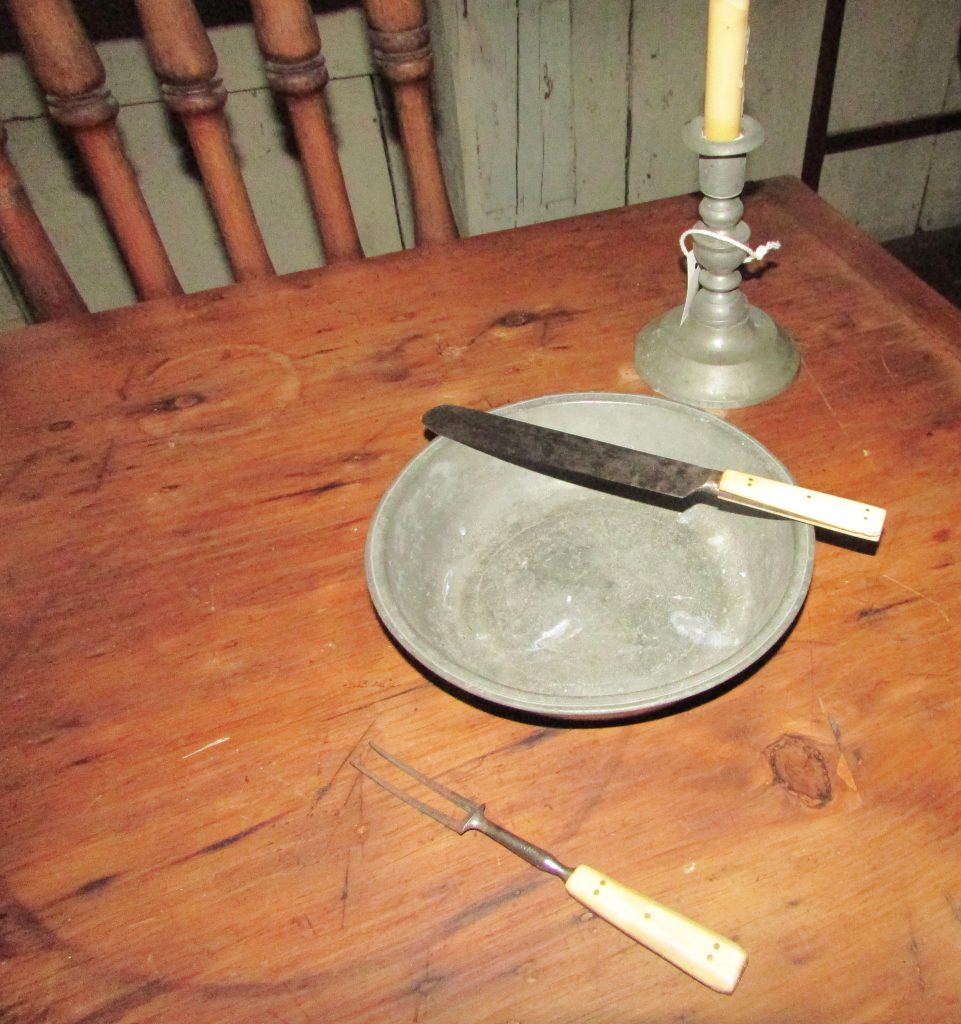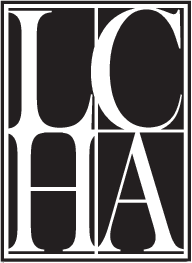Peas, Honey, Knife
There is an old nursery rhyme that includes: “I eat my peas with honey, I’ve done it all my life, it may sound kind of funny, but it keeps them on my knife.” To the present day, that may seem a bit odd, but it wasn’t during the Colonial era, and right into the 19th Century in some places, when the knife was the main eating tool.

The knife from which to eat one’s food had a broad and round blade. The rounded blade was an important safety feature. The other most common tool for eating one’s food was a large spoon, on the size that tablespoons or soup spoons are today. The other tableware tool that might be found was the fork. For the average person, the fork, if there was one, was used to hold the food while cutting it and pushing the food onto the knife, but not for transferring the food to one’s mouth.
Archeology work done at a sunken ship site, the site dated to 1690, found one fork among a number of spoons. In researching 37 inventories of individuals who died at Plymouth, Mass. between 1675 and 1684, forks do not show up. Spoons are listed in varying numbers from one to seven. Knives, from which to eat would be listed with the spoons, as the inventories were generally taken from one section of the house to the next. Yet knives are not prevalent in Colonial inventories. It is rare that a household possession would be missed by those taking the inventory. For example, in one case, one damaged spoon was listed along with seven silver spoons.
Eating knives, spoons and forks (two and three prong) can be seen at the various LCHA historic sites. Often an overlooked detail, they add to the story of daily life during the first two centuries of Lincoln County settlement.
Louise Miller, LCHA Education Director

 Newsletter
Newsletter Join LCHA
Join LCHA Donate Now
Donate Now